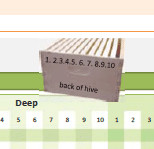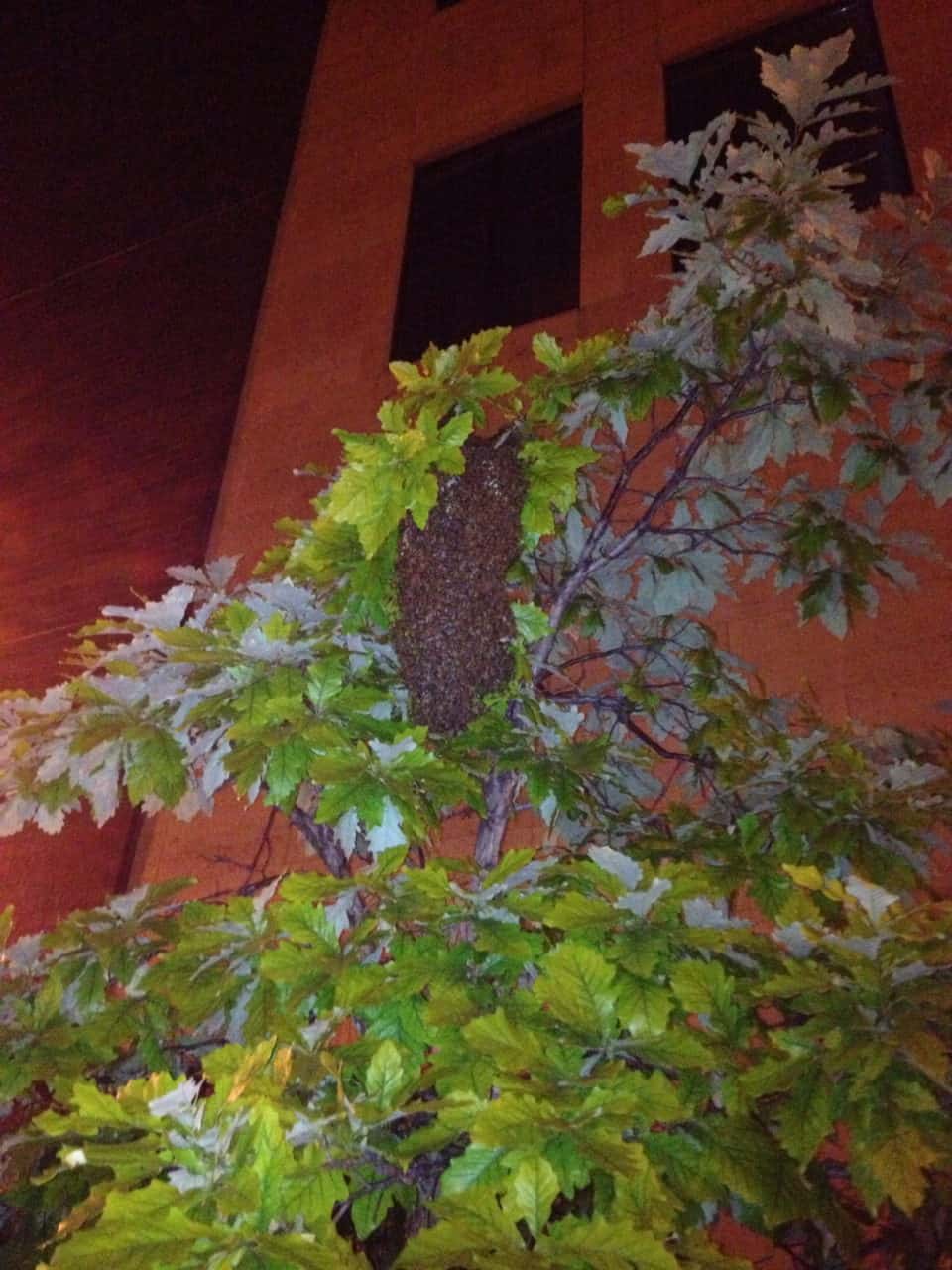It is hot, oppressively hot. At this time of year in Maryland, no one wants to work in the colonies and the bees don’t really want you in there either – they make that perfectly clear. Most beekeepers have extracted some honey by now and may have a stockpile of wax lying about. It is on these hot sunny days that solar wax melting season begins at our home. My background and training is in engineering so I’m not likely to go out and buy a solar wax melter – I’d rather reuse something I have and make it work with very little work from…
Month: July 2013
Watch out Hollywood!
One of the projects I have been working on this summer is making a few movies for BIP. As a journalism major, getting my hands on a camera again has been exciting. As an environmental science major, getting to make videos dealing with this subject matter has been very rewarding. I won't bore you with the intricacies of creating the videos, but I did want to give you a behind-the-scenes look at the movie making process! One set of videos are vlogs (video blogs) for our annual National Management Survey. In these videos Dennis vanEnglesdorp gives a quick summary of the major findings from each section.…
Neglected Drone Brood
Throughout the year several honey bee diseases can be noted in stressed or sick colonies. There are also other stress factors that cause colony conditions to deteriorate and look very similar to sick or diseased colonies. One condition is neglected drone brood. It is caused by either a drone laying queen, laying workers, poorly mated queens, or failing queens. The size of the colony will determine how long it takes to dwindle down and show signs of neglected drone brood. Most of the photos are from a colony that had a poorly mated queen. The symptoms appeared 10 days after she started to lay. In…
Coming soon – BIP Hive Scales
We have been working for over a year to develop a BIP hive scale that will enable beekeepers and beekeeping clubs to gather and use data from their own hives to follow nectar flows, honey production, swarm alerts, theft alerts and other valuable data about what is happening within their own colony. Having these data are helpful in making timely and educated management decisions. Owning a BIP scale will also enable beekeepers to become plugged into a national network of hive scales and receive live feedback about what is happening in their region as well as around the country. Being part of this project makes…
BIP Ad. June 2013
How did you start a new colony? Those who did not install packages lost 33.5% less colonies than those who did install packages. Those who bought existing hives lost 13.5% less colonies than those who did not buy hives and beekeepers who split hives to increase their colonies lost 23.% less colonies than those that did not split colonies.
Building a Humidity Chamber
Right now we’re experiencing an extreme heat wave in Maryland. The rising temperatures combined with high humidity would make beekeeping pretty miserable in this weather. So for all of the folks tending their hives this week, be careful! Andrew and I are taking advantage of being trapped inside (thank you, AC!) and are using this opportunity to get the GigaPan up and running again. After numerous phone calls to tech support in CA and playing with wires the rig is now ready for action. The GigaPan is a camera mounted on a robotic rig that is designed to take multiple pictures of a frame and…
Keeping Records 2
You have read my last blog on “why bother to keep records while beekeeping” and you’re convinced. You want to keep records. That’s the attitude! So, how do you keep - good, detailed, relevant, informative, not-too-much-of-a-hassle - record? Short answer: the way you want. Longer answer: You have to pick the method that speaks to you best. Don’t start with too complex a method or you won’t stick to it. If you start by a simple method and notice how it helps you, you will, by yourself, start taking more complex and comprehensives notes. Some beekeepers use a notebook they leave on the hive itself…
Bee kill in St. Paul, Minnesota UPDATE
UPDATE from this blog. With help from Lucinda Swanson that commented below, we figured out what actually happened to the swarm of bees. There were two swarms that were spotted in Downtown St. Paul at almost midnight on sunday night. Lucinda estimated that both were about the size of her 6 foot tall son's torso. Because it was so late and the night before the Monday morning rush hour, the St. Paul City Police requested that St. Paul Fire remove the bees from the trees. The bees were killed by the fire crew with flame retardent foam. The whole incident was unfortunate, but the city…
Bee Guts
This summer I have had the good fortune of continuing my work in the vanEnglesdorp lab, and I have learned a variety of new techniques for assessing hive health. The one I will be talking about today is a project I have just begun work on- bee autopsies. This may sound gruesome, and maybe it is, but I have thoroughly enjoyed learning how to correctly dissect and evaluate honey bee digestive tract health. This dissection, in the most basic terms, requires that the entire contents of the abdomen be removed and examined. This includes structures from the crop, or honey stomach, all the…
Looking for Tracheal Mites
Here at the UMD BIP lab, I have been looking for tracheal mites (Acarapis woodi) in honey bee samples. Tracheal mites live in the trachea of honey bees, they enter the tracheal tubes through the bee’s spiracles. Once inside the trachea, they puncture the wall of the trachea and feed on the bee’s haemolymph. An obvious sign that bees have a heavy tracheal mite infestation is when the trachea have brown/ dark red scarring. Cloudy trachea can also indicate the presence of mites. Clear trachea are USUALLY a sign of bees without tracheal mites. However, I have found mites in many bees that had clear…

